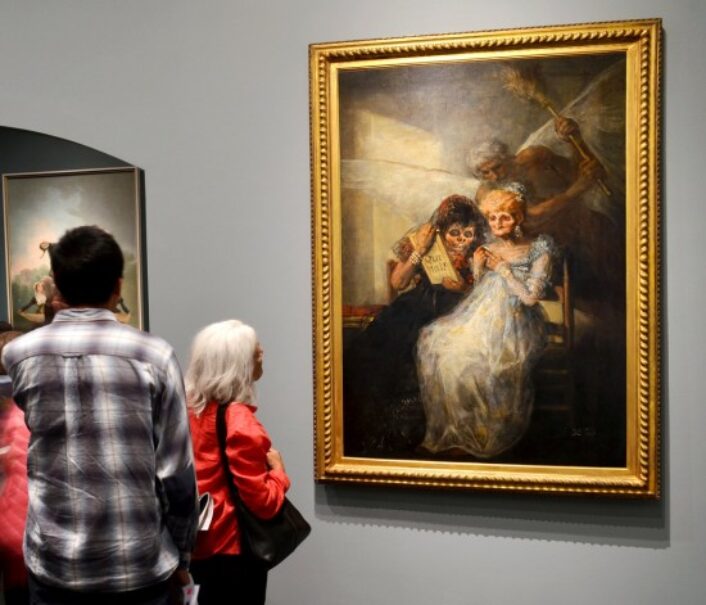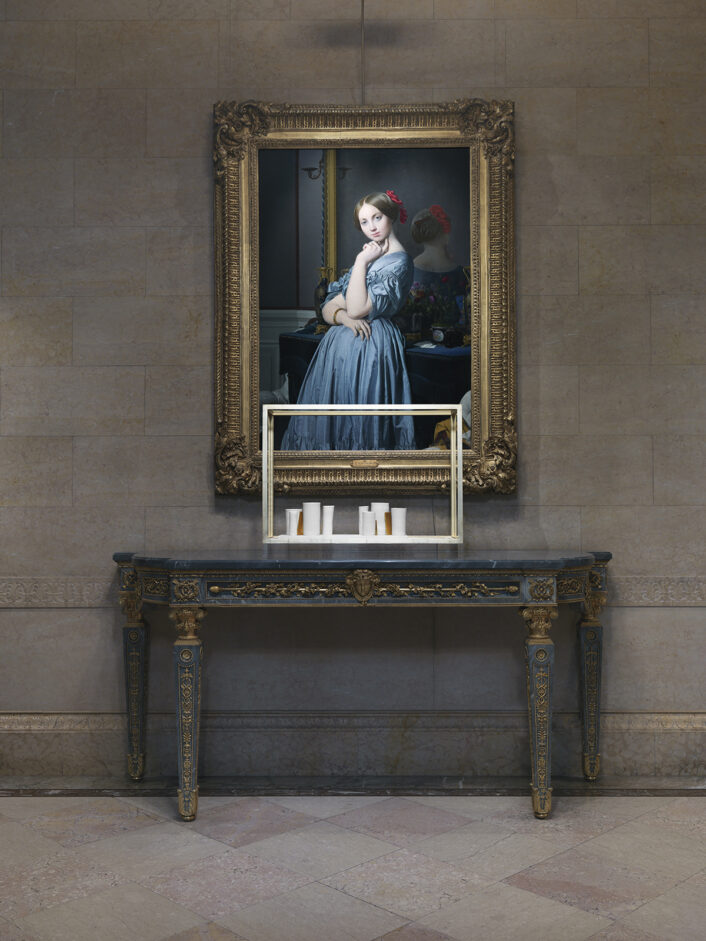Fine Art
Long-lost Caravaggio… found
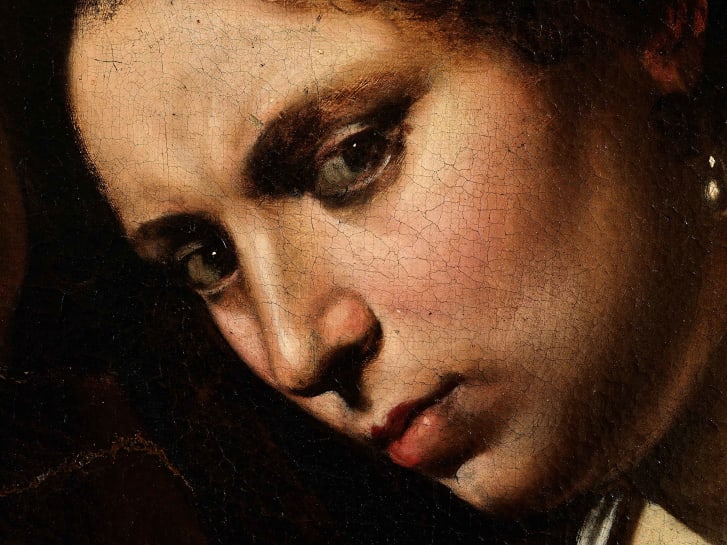
The terms of the sale, for now, remain anonymous. In a statement, the auctioneer and the art specialist said that the work was “sold to a foreign buyer”, but that the purchase price and identity of the buyer were covered by a confidentiality agreement.
Image courtesy of: CNN
Recently, a painting was discovered in a family’s attic… and upon further review; it turns out that this was a long-lost Caravaggio masterpiece. The painting, circa 1607, titled“Judith Beheading Holofernes”, was found in a French family’s storage area. What a find!
Getting the painting to auction was a coup in its own right; the family, auctioneer, and dealer all worked together . The Toulouse-based auctioneer worked with an Old Master dealer from Paris, Eric Turquin to offer the painting at the June 27th auction. Adding to the excitement of the situation, the painting was sold just prior to the auction… to an anonymous buyer.

In June, workers prepared to hang “Judith Beheading Holofernes” at the Drouot auction house in Paris, France.
Image courtesy of Reuters, photographed by: Charles Platiau
This Baroque master’s painting is thought to be the second version of the bloody biblical scene of Judith beheading Holofernes. The first version was painted seven years earlier in 1599 and is now housed in National Gallery of Ancient Art in Rome. Following Caravaggio’s exile from Rome, he revisited this subject while visiting Naples.
The only reason anyone knew about this second version is because it is mentioned in a letter from 1607. The letter, sent by a Flemish painter visiting Naples, notates that one of the two “bellissimi” Caravaggio paintings for sale is a “Judith and Holofernes” on offer. The seller is thought toen have be Louis Finson, a French artist and art deal who lived in Naples at the beginning of the 17th century. When Finson died ten years later, he left the unsold painting to Abraham Vinck, a fellow artist-dealer, in his will. That is when this masterpiece disappeared from sight.
It took five years to properly clean, research, and analyze the painting. The process was all documented in a 168-page catalogue and the painting even got its own dedicated website. The piece had been exhibited in Milan, London, New York City, and Paris.
Even though the painting has been bought, it will soon be displayed at an unannounced “great museum”. This was one of the seller’s stipulations, they strongly believe that the public should be able to continue to see it in all its glory!
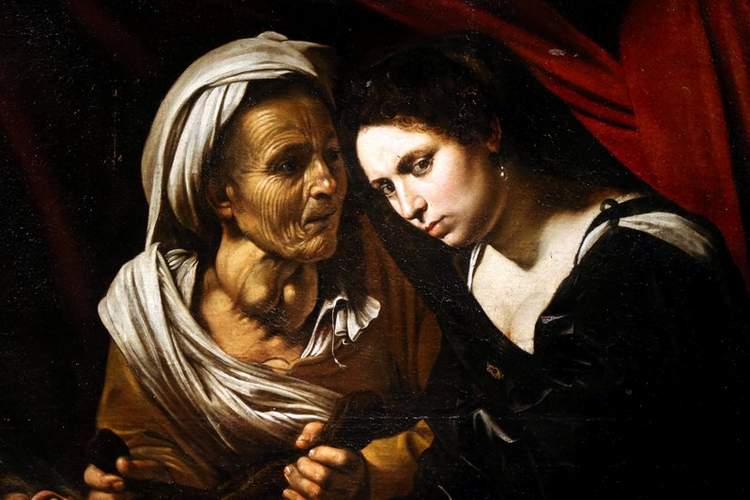
A detail from “Judith Beheading Holofernes”.
Image courtesy of: The Gazette
The painting was found at a private house in southwest France when the owners climbed to the attic to investigate a water leak in the roof. In a bit of mystery, the owners forced open a locked door and there, they found the dust-covered canvas. Even though it had been kept in the attic for 150 years, the painting was in remarkably great condition.
The discovery was kept secret for over two years. In addition, there was a 30-month export ban imposed upon by the French Ministry of Culture. This time allowed for extensive cleaning and conversation to repair water damage and to remove the varnish that had blurred the minuscule details. Following the restoration in 2016, Caravaggio experts were brought in to sign off on the painting’s authenticity.
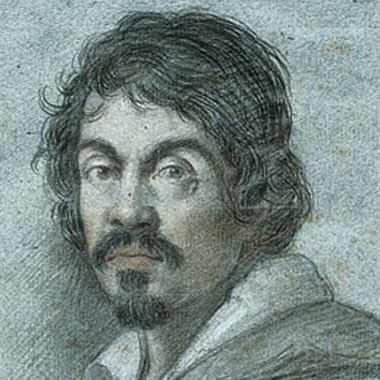
A portrait of Caravaggio, born as Michelangelo Merisi in 1571. The famed artist is known for his dramatic use of lighting. In addition to his fame as a Baroque master, Caravaggio was also known for his hot temper. The artist was arrested several times, and even killed a man in a bar fight. Sadly, the master only lived to the young age of 38… never having been married or having any children.
Image courtesy of: EuroNews
Both versions of the painting that Caravaggio painted show the biblical scene where Judith is shown beheading Holofernes, the Assyrian general. Judith, the biblical heroine, is doing performing this violent and personal act in order to defend her seized city.
There is no doubt that Judith is thrilled to be out of the dark hiding place… and into the open where audiences worldwide can visit her!

